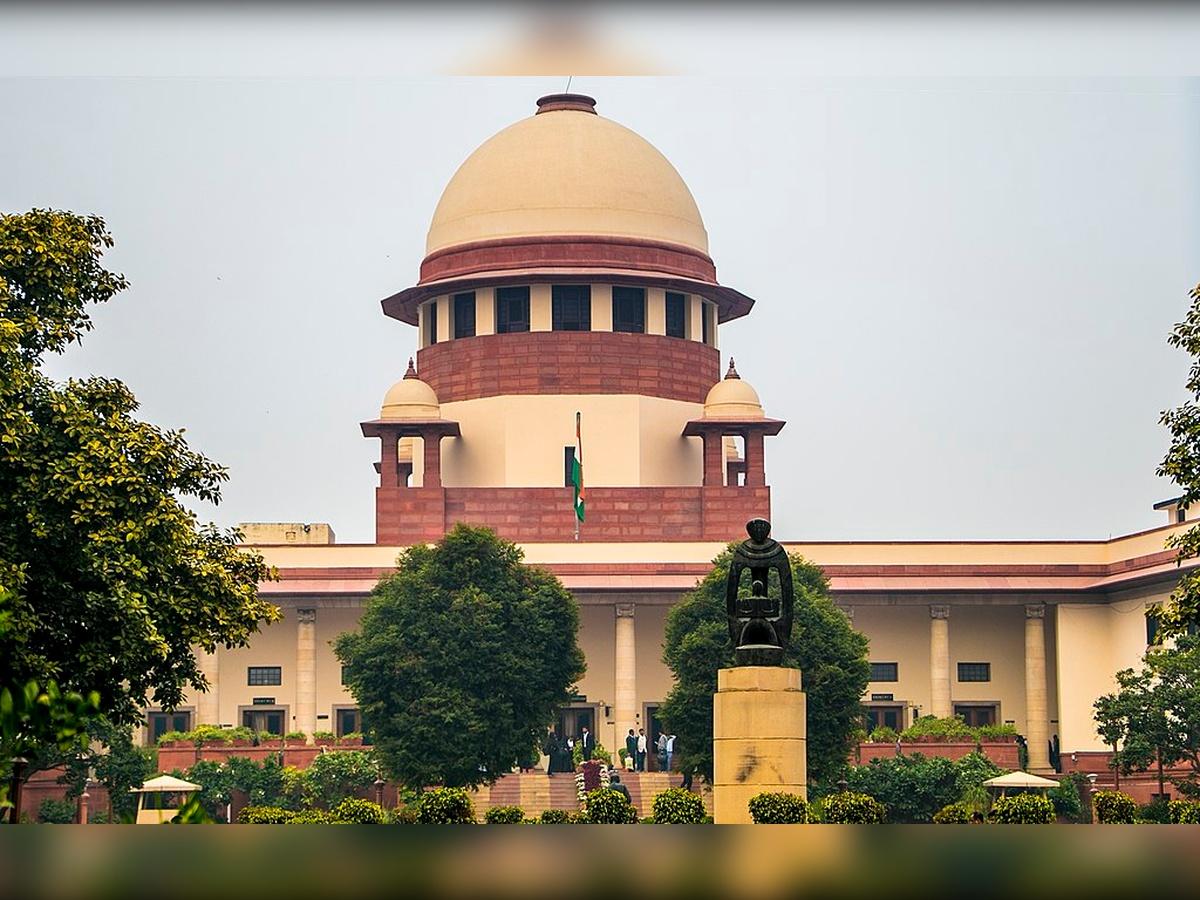)
Supreme Court (Photo: Wikipedia)
The Supreme Court (SC) on Wednesday directed the market regulator and the government to consider recommendations made by the expert committee formed in the Adani Group probe for investor protection and to strengthen regulatory framework related to timelines and structural reforms.
The expert committee, chaired by former SC Judge Justice AM Sapre, had submitted its report in May last year.
While analysing any possible regulatory failure on part of the Securities and Exchange Board of India (Sebi), in the Adani matter, the committee had submitted other observations and recommendations.
“The expert committee has made the above suggestions after applying its mind to the wealth of information collected from Sebi, market participants, invitees and from their own expertise. These suggestions merit favourable consideration with a positive intent. We direct the Government of India and Sebi to consider these suggestions and to take the benefit of the efforts put in by the expert committee,” noted the apex court.

Illustration: Binay Sinha
For strengthening regulatory framework, the committee had recommended Sebi to adhere to strict timelines for investigations, adopt greater transparency in law making, maintain consistency in its orders by whole-time members and adjudicating officers, and separation within Sebi in its quasi-judicial and executive arm, among a host of other suggestions.
Further, the committee had suggested adopting a robust settlement policy and removing the element of human discretion in surveillance and market administering measures.
On the challenges, mentioned by Sebi in adhering to these recommendations, the SC said, “…the approach in considering these suggestions must not be defensive but constructive.”
“The Union Government and Sebi would be at liberty to interact with the Committee so as to take this forward,” said SC.
For added investor protection, the committee had concluded that systems like additional surveillance measure (ASM) and graded surveillance measures (GSM) were not sufficient.
For the investors to be aware of the measures, they should be alerted at the point of entry of orders that the stocks have been placed under these frameworks, the committee noted.
ASM and GSM are safeguards for investor protection followed by the stock exchanges to inform about scrips placed under surveillance due to excessive volatility or abnormal trading behaviour.
Further, the committee had suggested measures to communicate relevant information in a comprehensive manner amid a slew of disclosures done by companies. This would help investors take more informed decisions, it added.
The committee had also recommended creation of the Central Authority for Unclaimed Property to handle and process unclaimed private assets.
Sebi had submitted that the recommendations on creation of a financial redressal agency, central unclaimed property authority, and framework to set up a multiagency committee would require multiple regulators and the government may need to look into these recommendations.
The SC directed the government and Sebi to create an appropriate legal framework to implement these recommendations related to investor protection.
On regulating short-selling by entities, the SC noted, “We record the statement made by the Solicitor General before this court that measures to regulate short selling will be considered by the Government of India and Sebi.”
Since the publication of the report by the committee, one of the members of the panel had been appointed Bombay High Court judge. So, the SC has given liberty to the committee chair to nominate a new member for interacting with both the government and Sebi on these recommendations.
First Published: Jan 03 2024 | 9:46 PM IST
Note:- (Not all news on the site expresses the point of view of the site, but we transmit this news automatically and translate it through programmatic technology on the site and not from a human editor. The content is auto-generated from a syndicated feed.))



